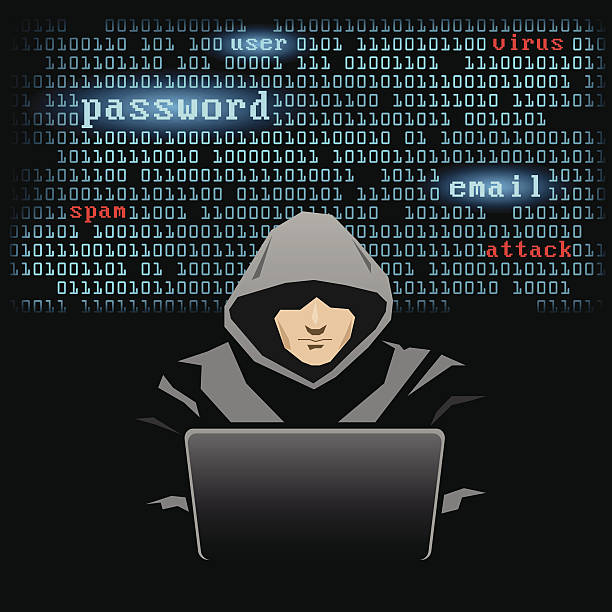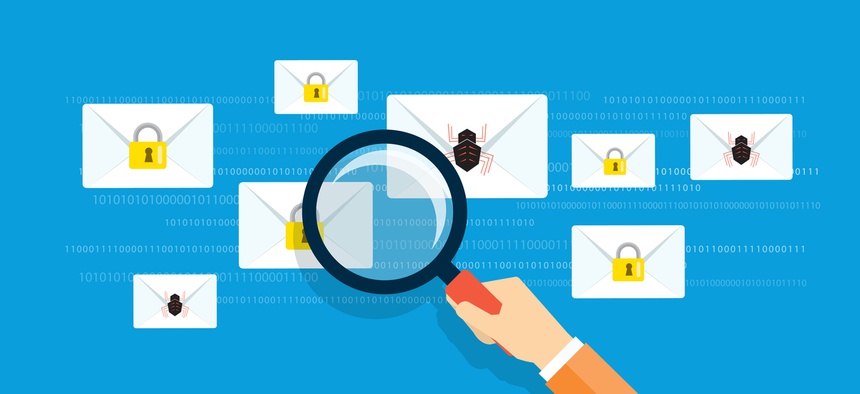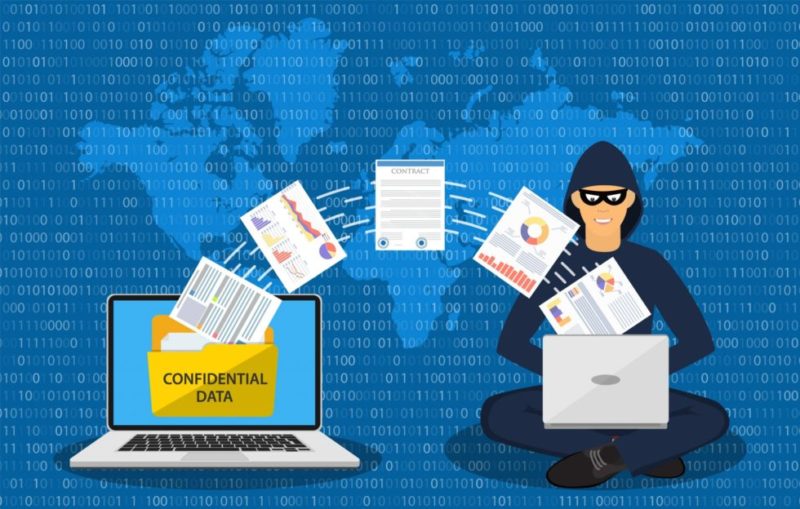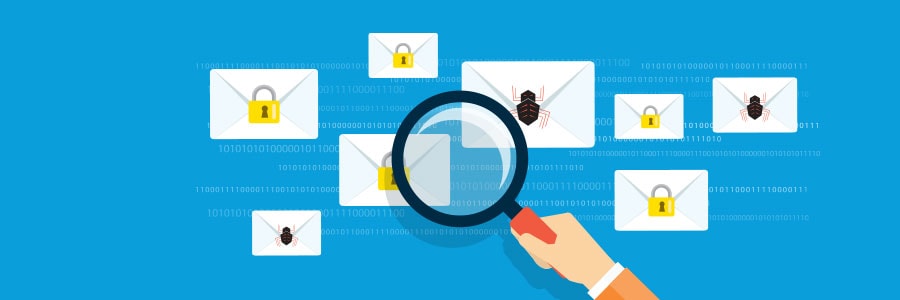Email account security you should follow

Your email account is one of the most important pieces of online property you own. It’s the gateway to your other online accounts. If your email account falls into the wrong hands, it can be used to wreak havoc on your business. Here are surefire ways to bolster your email account security. Use strong passwords […]
What are distributed spam distraction attacks?

The average person goes through anywhere between one and a dozen assorted emails per day, but have you ever experienced receiving a few thousand emails in a span of a few hours? If so, you may be experiencing a distributed spam distraction (DSD) attack. Here are some things you should know about it: What is […]
Helpful tips for keeping your email safe

People rely on email to do a wide array of tasks. We use it to sign up for websites, apply for jobs, make payments, get in touch with friends and family, and many more. However, email is also commonly exploited by hackers to steal information or launch malware attacks. Here are crucial steps to take […]
Common sense is not so common when it comes to security

The saying, “common sense is not so common” applies to IT security more than we would like to admit. We all have our areas of expertise, but it is now 2021, which means you are participating in IT security whether you like it or not. Here are three common sense ideas you can commit to […]
Quit setting your money on fire

The idea of people actually setting money on fire is pretty humorous. Watching it happen in real life is less satisfying, wasteful even, so let’s stop doing it with our technology spend! A proper technology roadmap will link your spending to business results on an ongoing basis. We have written extensively about this HERE, HERE, […]
Email Basics: Be Secure

Email was not designed with security as a requirement. In fact, all “security” that involves email was bolted on after the fact. Here are four areas that were bolted on that should be part of your secure email basics. Utilize MFA, for real We have beat on this drum for over five years now, and […]
Email Basics: Common Sense

Imagine driving without lines on the road, speed limits, or the need to have a license. Now you know what using email for business communication is like…complete and utter chaos. Sure, it’s better than riding a horse to work or sending a telegram, but the value of using email as a communication tool is decreasing […]
How you keep your email account safe

Everyone uses email to send and receive sensitive information, making it an attractive target for cyberattacks. The importance of email security is vital to your company’s operations, so applying the following tips can dramatically reduce your exposure to hackers and malware. Use separate email accounts Most people use a single email account for all their […]
The threat of distributed spam distraction

You wouldn’t think that cybercriminals would carry out their nefarious schemes in plain sight — except that they do and you’ve probably already fallen victim to them. Learn all about a scheme called distributed spam distraction (DSD) and how malicious actors are using it to steal valuable information from their victims. What is DSD? DSD […]
Distributed spam distraction used for illegal activities

Usually, when victims find out their account has been hacked or hijacked, serious damage has already been done. But there’s a new illegal activity that cybercriminals are employing — and it’s done in plain sight. Distributed spam distraction involves sending thousands of spam email, and they do more than cause distractions. Understanding DSD Distributed spam […]
5 Tips for securing your email account

Email is one of the best things the internet has made possible. We use email to signup for websites, apply for jobs, make payments, and many more. But email users also run the risk of account hijacking, malware attacks, and other cyberthreats. To secure your emails, follow these crucial tips. Use separate email accounts Most […]
Don’t fall for distributed spam distraction

Users get around 200 emails in their inbox a day, including work messages, automated payment slips, and everyone’s least favorite email, spam. Spam messages are mostly harmless, but when you get more than 10,000 of them flooding your inbox, you’re probably the victim of a special type of spam attack. Understanding DSD Distributed Spam Distraction […]